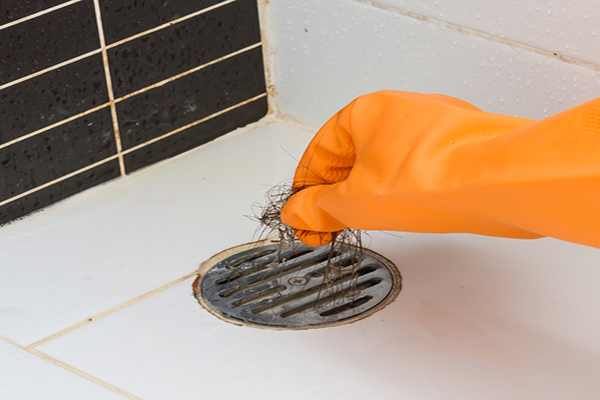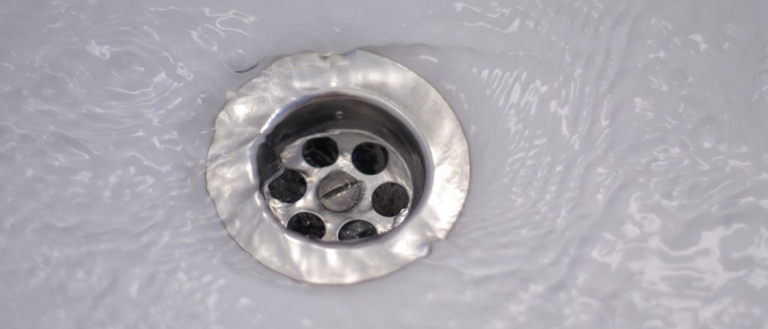Clogged shower drain: the most common causes
First of all let’s try to understand why the shower is blocked . As in all domestic drains, here too a little of everything is poured: soap, dust, hair, hair, and accumulations of limestone. In the long run these substances become compacted causing a “plug” that prevents water from flowing out properly and makes it rise to the surface. A signal that the drain is clogging may be the smell coming from the pipes.
How to clear the blocked shower drain
The first thing to do is remove the grille or the pressure cap by unscrewing them . If the lump of hair on the surface is clogged, simply remove it and replace the cap or grill. If the filling is deeper, it may be necessary to call the plumber.
You can still try to unblock the shower using a wire . You can use a common straightened coat hanger with a hooked end with pliers. Lighting the drain with a torch, thread the wire until it reaches the obstruction and try to hook it to the hook and pull it out. The bigger the obstruction, the easier it will be to take it out.
There are also plumbing hoses on the market that you can buy at any hardware store. This tube has a crank at one end and a kind of hook at the other. As for the wire, thread the pipe into the drain until you reach the obstruction and then turn the crank clockwise until you have extracted the entire pipe. The “cap” should be hooked to the hook.
Alternatively, if you have a suction cup plunger you can try unblocking the shower by repeatedly operating the suction cup on the drain, remembering to leave some water outside the drain. Also be careful not to blow the water pressure of other sanitary fittings!
And the chemicals to unload the drains?
I do not recommend using chemical products that, in addition to being harmful to the environment and humans , could be too aggressive and corrode the drain and the pipe . You can try using bicarbonate-based natural remedies . In this case wait until there is no more water, then first pour the baking soda (about 30 ml) and then the white vinegar (100 ml). Leave for about half an hour covering with a rubber stopper and then pouring a liter of boiling water. The natural acids of vinegar and baking soda should dissolve the residues.
